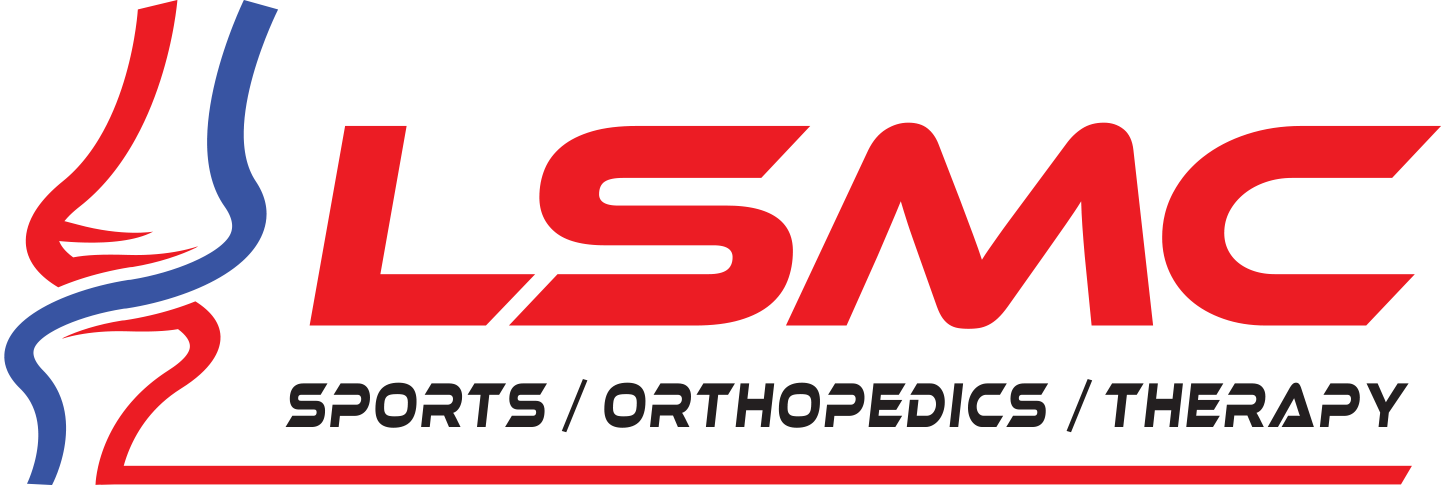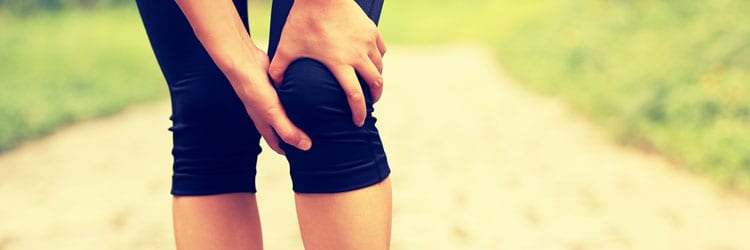At 40, Mari Lewis of New Market, Md., considered herself to be in good shape. She played soccer three or four times each week, rode her bike regularly and did some running. But while decelerating in her second of two soccer games one night, she felt a painful pop and knew she had badly damaged her knee. She had torn her anterior cruciate ligament, or ACL, which provides 90 percent of the knee’s stability.
Lewis is part of a growing crowd: Americans sustain between 200,000 and 250,000 ACL injuries a year, according to the American Journal of Sports Medicine, a number that has been on the rise for two decades now. The largest increases have occurred among patients younger than 20 and older than 40.
Most are weekend warriors who have failed to put in the front-end work that might have prevented that ACL tear.
Kate Hernandez, a physical therapist in Maryland who specializes in ACL injury prevention, has noticed a significant increase in older patients since she started her practice in 1999.
“Back then, I never saw adult ACL patients,” she says. “Today 30 percent are adults.”
One reason is that adult fitness buffs often bring with them the bad habits of their youth.
“Just as kids today make the mistake of playing only one sport, so too do adults,” she says. “They are happy only playing basketball or soccer or some other sport, and this leads to overdevelopment of some muscles and underdevelopment of others.”
In addition, the adult population spends a large portion of its day sedentary.
“These folks sit all day and then go out and play an intense game with lots of running,” Hernandez says. “They’re aerobically drained, and their bodies can’t withstand the activity.”
Lewis thinks fatigue played a big role in her injury, along with a lack of proper strength training.
“I had ridden my bike a long way the day before and was tired going into that second game,” she says. “I would definitely do things differently if I had it to do over.”
Doing things differently is what Trent Nessler, national director of PhysioSports, a nationwide chain of physical therapy centers, wishes he would see among more adults. Seventy to 80 percent of ACL injuries, he says, are the result of improper movement — not any sort of hit or collision with another player.
“If people were training to move correctly, we could reduce the number of incidents by that much,” he says. “The problem is that people don’t know how to address the risks in training.”
Nessler says that ACL injury prevention should pinpoint weaknesses in the core, hips and proprioception (your unconscious awareness of movement and spatial orientation). Injury prevention should also involve single-leg training. “If you think about it, activities like soccer and running involve standing on a single limb most of the time,” he says. “People need the right exercises, and they should be able to do them with proper form.”
Hernandez offers a branded ACL-protection program called called Sportsmetrics that focuses on improving the communication and coordination among nerves and muscles. The course, comprising three sessions a week for six weeks, is aimed at increasing the strength of the knee joint and the individual’s awareness of proper balance and technique.
Sportsmetric sessions begin with a warm-up and move on to three focus areas: plyometrics, or “jump training,” which progresses from double leg to single leg over the six weeks; cutting and sprinting, which teaches the body the proper way to decelerate, stop and change direction; and strengthening exercises including squats, hamstring and glute work, and upper-body work. “In the end clients have proper movement and mechanics that they can carry out onto the field,” Hernandez says.
She acknowledges that the course requires a major time investment. “If you don’t have time for a program like this, at least get advice from a qualified PT who understands non-contact ACL injuries to learn what you need to do at home,” she advises.
Nessler is rolling out a home kit called the ACL Play It Safe Program, designed to provide ACL protection for participants in any sport.
The kits are gender specific and include resistance bands, a rubber stability trainer, a glossary with entry level exercises, and an app that provides access to a series of training videos. Users go through a series of single-leg exercises on the stability pad or with a band around both legs in order to strengthen stability. Other movements, such as the plank series and sidestepping using the bands, improve glute and core strength.“This creates motor patterns that are similar to how muscles are recruited in sport versus training them in isolation,” Nessler says.
Incorporating a regular “prehab” routine developed from her stint in physical therapy has been front and center for Christine Yu, a 39-year-old writer from Brooklyn who became one of the 20 percent of patients to suffer a repeat ACL tear.
“The first time through, I did my therapy and then moved on,” she admits. “After the second surgery, however, I found a good PT, asked many questions and became diligent about my exercises.”
Today Yu not only teaches yoga, but runs and even surfs.“I make sure my muscles activate as they should,” she says, “and I’m also careful to build in the proper rest and recovery.”
Since her injury experience, Lewis has also changed her ways, including strength and balance work into her routine and hitting the pitch less frequently. Her advice to others: “Make a commitment to well-rounded fitness, not just to your sport.”









